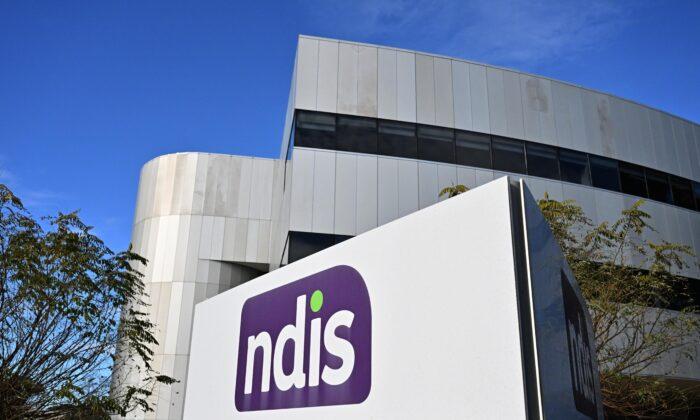Federal Treasurer Jim Chalmers has defended his government against criticism that as high as 40 percent of the million new jobs it boasts of creating during its first term are in the taxpayer-backed care sector.
“Obviously, as the economy recovers, we want to see more jobs created in the private sector,” he told ABC Radio National, “But we need to recognise as well that care economy jobs are real jobs. I completely reject this sense that it’s only a real job if it’s not in the care economy.
“In the context of our ageing population and all of the needs that we have, we want to see care economy workers respected. We are paying them more. We don’t want to see them respected less or paid less,” Chalmers said.
“And that seems to be the approach taken by our critics, and there’s a real snobbiness at the core of that critique, which says that if you work in the care economy, that’s not a real job. It is a real job, we value it, we are paying people appropriately.”
Half of All New Jobs in Early 2024 Were Government Roles
Earlier this year, Matt Barrie, the founder and CEO of Freelancer—a freelance marketplace website with over 75 million users—called job creation in Australia “a mirage”, claiming only 165,000 jobs had been created outside of healthcare and social assistance in the previous 18 months, with most of the rest being in the taxpayer-funded National Disability Insurance Scheme (NDIS).The Scheme currently costs the government $49 billion a year and is expanding at about 20 percent per year, making it the fastest-growing item on the federal budget.
While the sector breakdown for the second half of this year won’t be available until early 2025, the Australian Bureau of Statistics confirmed that half of the 209,000 jobs filled in the six months to June 30 were classified as public sector.
Federal government spending accounted for a record 11.8 percent of GDP last quarter (June-August).
The only time it has represented a similar share of the economy was in the early stages of the COVID-19 pandemic. Together, Commonwealth and state government spending now account for 27.6 percent of GDP, a post-war record.






